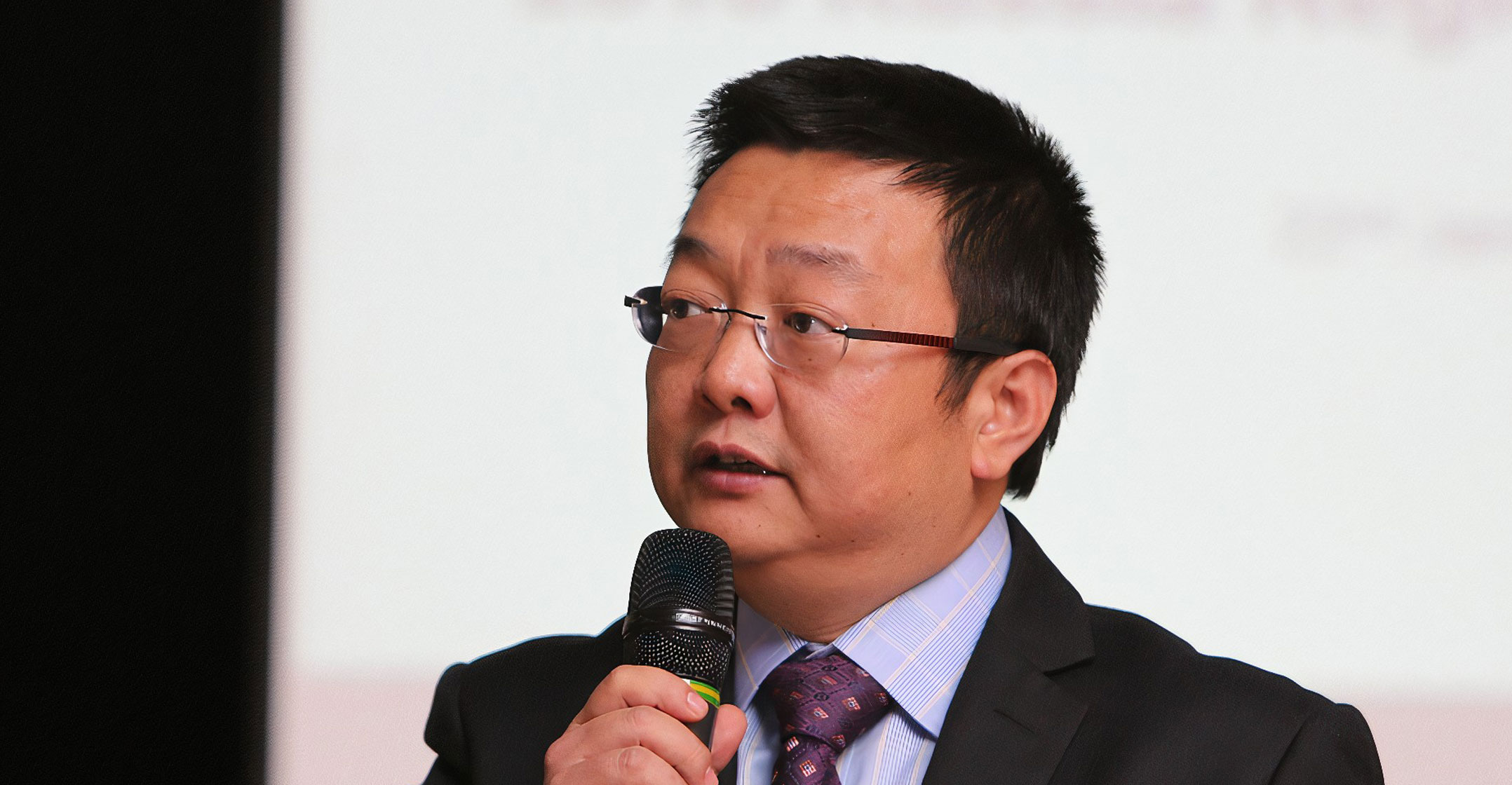By Likun Zhao

Living under lockdown has fundamentally changed how the world works and interacts. The need to connect to the office and collaborate with colleagues from home, facilitate home schooling, access new forms of content, and engage with friends and family has prompted consumers across the board to embrace technology.
This trend will continue to drive smartphone adoption in the country, particularly among less technologically inclined consumers, as these devices offer a functional, user-friendly and affordable solution that addresses these unique consumer requirements amid our “new normal” under lockdown.
However, balancing functionality and price has become vital due to the economic consequences of extended lockdown restrictions. Consequently, consumers increasingly demand smartphones that deliver the right mix of features, at the right price point.
As their main source of Internet connectivity, users also increasingly rely on smartphones to act as a Wi-Fi bridge to extend coverage at home
Mid-tier smartphones (which serve as the entry point into the high functionality and performance smartphone market, particularly for the youth) must blend quality yet cost-effective components, with reliable, fast connectivity and software that can optimise performance.
This is the ideal package of features required in a primary device, which end users will increasingly rely on to provide Internet connectivity at home to access cloud-based applications and systems for work, stream entertainment, download learning content, and access social media and other collaboration and engagement tools.
And as their main source of Internet connectivity, users also increasingly rely on smartphones to act as a Wi-Fi bridge to extend coverage at home. While this is a function commonly found in flagship smartphone models, manufacturers like Huawei now include these and other premium features in mid-market devices, such as the recently released P40 Lite and Y7p models.
Comparable performance
These devices offer similar levels of flagship device functionality in terms memory, cameras and battery life, with comparable performance from more cost-effective chipsets thanks to software optimisation. Through innovative manufacturing, Huawei can deliver the ideal package at an entry-level price point to give consumers the best possible features for an affordable solution, at a time when the need to access advanced functionality has never been greater.
And a new frontier in smartphone technology is also emerging due to the world’s renewed focus on health. Smartphones and wearable devices, often sold as a package by manufacturers like Huawei, now offer consumers a proactive means to monitor their health and possibly detect diseases or health conditions in their early stages.
The Huawei P40 Lite
By monitoring biofeedback measures such as heart rate and oxygen saturation (SpO2), devices like the Huawei Watch GT2e connect to a smartphone and send valuable data to a companion app. The information the wearable device provides may indicate a possible health issue or assist medical professionals to make a diagnosis, which the app can alert users to, or automatically send a notification to a linked healthcare provider.
For example, the Huawei Heart Study, conducted at a major hospital in Beijing, found that smart wearable devices may help to detect and treat atrial fibrillation (AF). The study findings, which were presented at the European Society of Cardiology Congress in Paris, suggest that combining a mobile app with photoplethysmography technology via a wearable device is able to successfully screen for and identify individuals with suspected AF.
These evolving applications will entrench the smartphone deeper into modern society as the world finds new ways to respond and adapt. In this particular study, a majority of participants identified as having AF were successfully treated using anticoagulated during follow-up sessions with clinicians. This illustrates what is conceivably possible when health-care professionals and technology providers collaborate to combine relatively inexpensive technologies in innovative ways.
And this is a model that South Africa can effectively implement to monitor older populations, children and specific populations, like those with cardiovascular disease, to identify medical conditions or pre-empt events.
Early indicators would allow medical professionals to connect with patients to provide personalised advice, or direct those at risk to suitable facilities for more direct interventions. Embracing these platforms would also accelerate health-care virtualisation, which can reduce health-care provider and patient costs.
Affordable prices
These evolving applications will entrench the smartphone deeper into modern society as the world finds new ways to respond and adapt to the challenges we currently face. As such, providing feature-rich devices at affordable prices will become an increasingly important market differentiator in the battle for market share and sustainability within the highly competitive smartphone sector.
And catering to current and emerging demands among the younger consumer generation, who are more open to try new brands and value innovation, will ensure manufacturers capture this market at a vital stage within their smartphone lifecycle.
The ability to boost penetration at the market entry point, with the right price and feature combination, will deliver greater market share and entrench brand loyalty among consumers who will eventually migrate to more advanced devices.
Likun Zhao, is Vice President at Huawei Consumer Business Group Middle East & Africa (Southern Africa)


